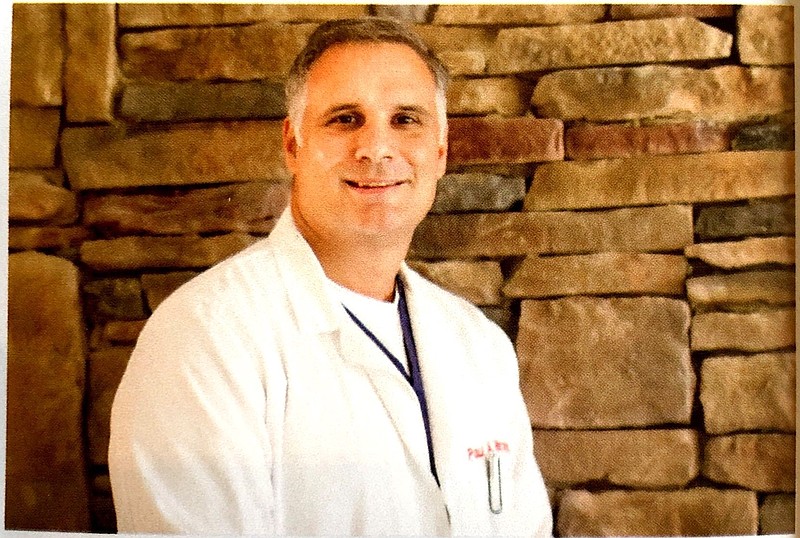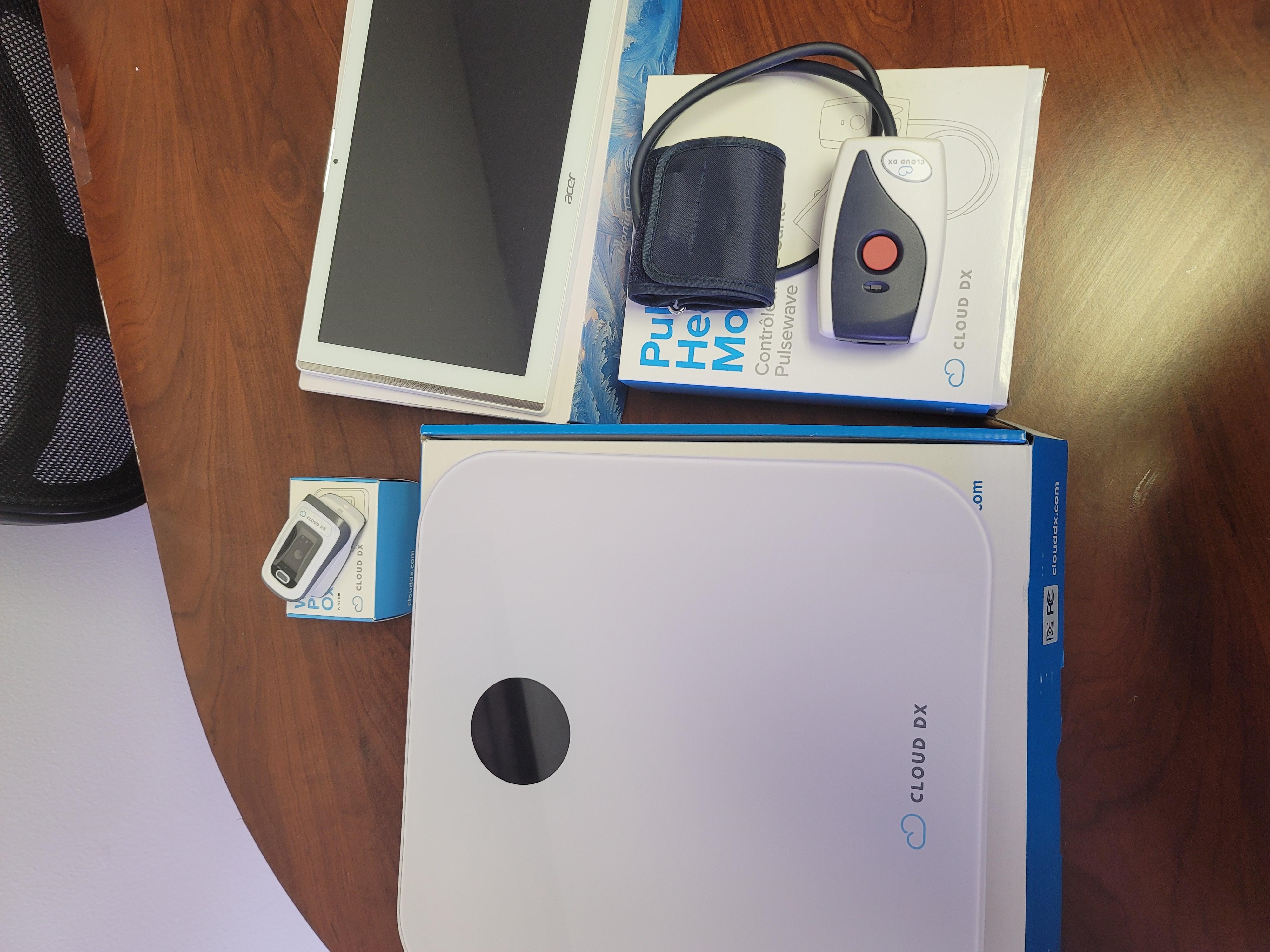According to research published in the American Medical Association's journal, JAMA, hospital stays often leave older adults worse off than when they went in.
Drs. Kenneth E. Covinsky, Edgar Pierluissi and C. Bree Johnston write that one-third of patients older than 70 return home unable to perform basic tasks of daily living, regardless of their level of independence when they were admitted, even when the issue they went to the hospital for is successfully treated.
It's a situation with which Dr. Paul Miranda is all too familiar. And in many cases, he said, the hospital stay could've been avoided with basic primary care.
"After years in the ER, I was struck by how many elderly patients came in with a seemingly simple problem that had grown to catastrophic results simply because they could not get in to see their doctor," the Fort Oglethorpe practitioner said. "Simple urine infections had now progressed to life-threatening blood poisoning. Bronchitis had now transformed to pneumonia. Patients with dementia now had a family in crisis because of lack of support."
In response, he opened Home Medical Providers three years ago. The private practice focuses on homebound patients age 65 and older, performing regular checkups in the patients' homes. This not only makes them more comfortable, helping to alleviate the "white coat syndrome" that can prevent people from seeking care, it also addresses older patients' difficulties in getting to the doctor's office, he said.
Last summer, the practice added remote patient monitoring. Patients are provided with a Bluetooth scale, blood pressure cuff and finger-fitted oxygen meter. They are instructed how to use the equipment to measure their vitals daily, which are instantaneously shared with staff.
"Some of our families are leery at first, but then realize how little of a change it truly is," Miranda said. "Many patients already take their blood pressure and weigh themselves every day."
In development before the pandemic, the practice's new model couldn't have come at a more opportune time. A Times Free Press headline from June 2020 proclaims "COVID-19 hospitalizations hit all-time high in Tennessee with worst yet to come, according to Vanderbilt study." An April 2020 headline notes that "Chattanooga hospitals say COVID-19 fears keep patients from seeking needed care for other ailments."
The heightened level of supervision allows Miranda's team of providers to monitor chronic conditions so they don't become worse and has helped the team ward off other issues, he said.
"One of the medical assistants was able to catch pneumonia in one of our patients just from checking her vitals," said office manager Dominique Florence.
Another patient's blood pressure tipped off staff that her medication needed to be changed, thus preventing her from having another fall, said Miranda.
"Falling in the elderly can yield at best a 4% mortality rate and at its worst a 25% mortality rate in the following year," he noted.
Since the rollout of remote patient monitoring, Miranda said his patients' hospitalization rate has been cut in half.
"Most medical teams work in a defensive mode - when a problem erupts, then an action is performed," he said. "Many times, by the time the problem is noticed, the action or care is fairly great. By taking an aggressive proactive approach, we can prevent small issues from becoming life-ending. Taking of these vital signs are the first step, but the follow-up phone calls, team-like approach and protocols really make the difference."
Contact Jennifer Bardoner at jbardoner@timesfreepress.com.

